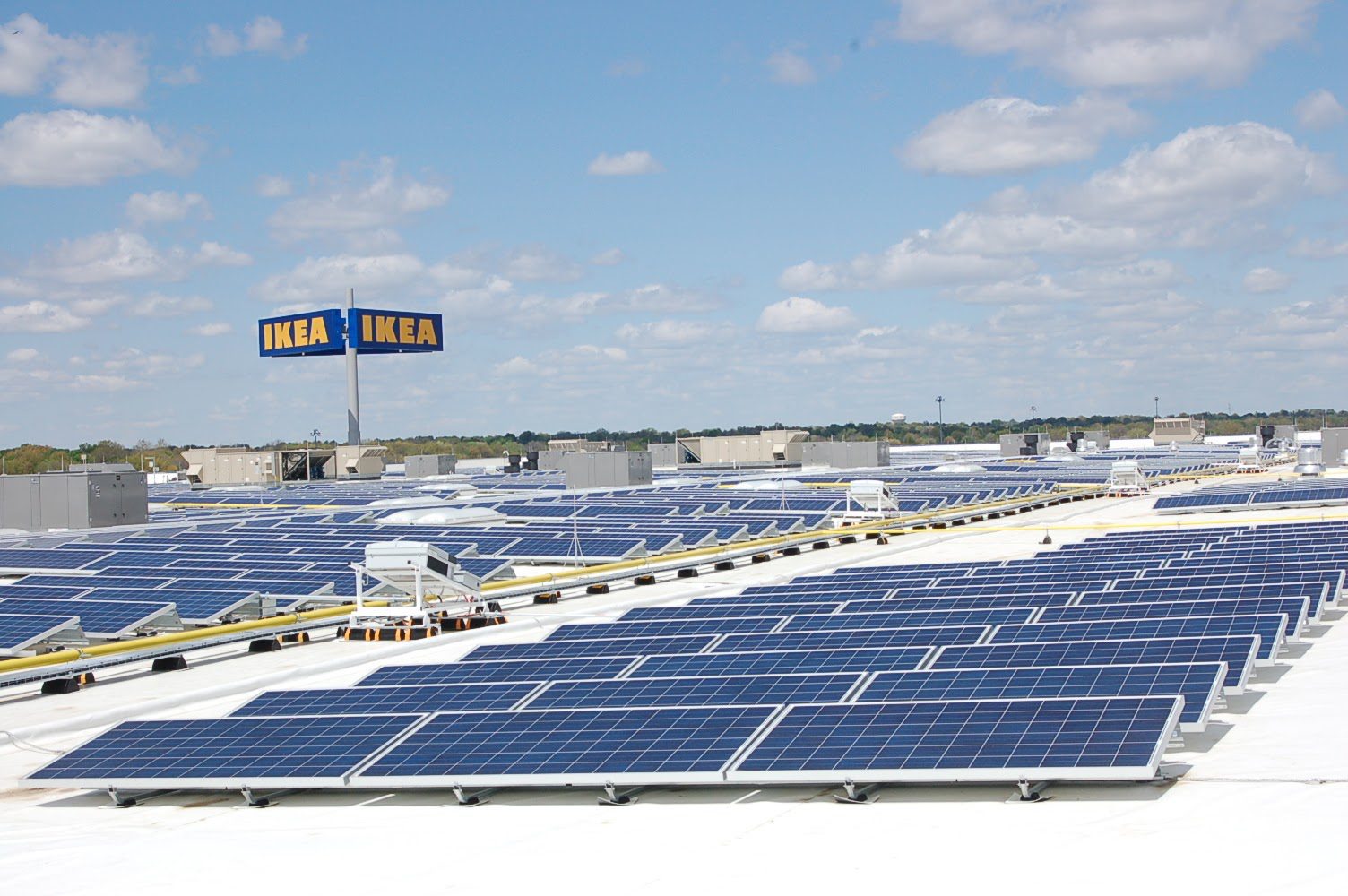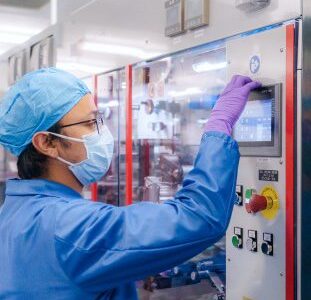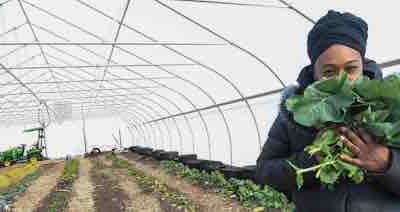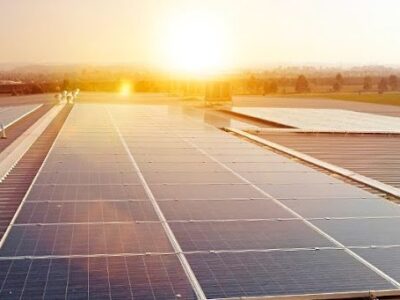Founded in 1943 as a small mail-order catalog business, IKEA is now a worldwide brand synonymous with inexpensive but stylish furniture bursting with form and function. Original creator Ingvar Kamprad started the business at age 17, selling household items such as pens, picture frames, and wallets. Today, IKEA sells everything from beds to bookcases, rocking chairs to sofas (and of course some of the best Swedish meatballs one can buy) and it’s become a wildly popular, minimalist brand that lives in the homes of customers across the world.
As of 2020, the company has 445 IKEA stores operating in 52 countries and employs nearly a quarter of a million people. With a global headquarters in Delft, The Netherlands (the design staff remains in Sweden), and an American corporate headquarters in Conshohocken, Pennsylvania, the company is currently taking big strides to become what they call “climate positive” by 2030. The climate positive-plan includes using only renewable and recyclable materials, stopping the use of any single-use plastics, as well as a shift to zero-emission home delivery by 2025. IKEA has also joined more than 400 firms including H&M, Coca-Cola, and Sony in committing to a United Nations-backed initiative to help limit the changing climate.
IKEA makes its mission clear: “We want to inspire and enable as many people as possible to live more sustainably and to make it easy and affordable. We’re also doing our part by transforming the way we work to become circular and climate positive and to have a positive social impact wherever we are in the world.” The furniture maker also wants to eliminate waste in all operations. In many cases, that means changing the way products are designed in order to make them last longer. In some cases, it’s as simple as outfitting all store and product lighting with energy-efficient LED bulbs or sourcing all wood and cotton from sustainable suppliers.
In addition to exploring alternative product designs, IKEA USA is focusing on several large investments in the quest to go green. Those projects are a great example of a company leading the charge to lessen its global carbon footprint and positively impact its community. In 2019, the company spent $2.8 billion on these green energy projects. That money bought one million solar panels for 370 of its stores and warehouses, 535 wind turbines, and two solar parks, one in Utah and the other in Texas. The Utah solar park has 636,000 panels, the Texas park has more than 820,000.
IKEA is no stranger to sustainability. The company began installing solar panels in 2011 to cut its carbon footprint and previously invested in wind farms in Illinois and Texas. It has already installed geothermal energy projects at two of its stores, along with solar panels at a majority of the others. Though many companies who are transitioning to clean energy purchase energy from solar and wind farms owned by other companies, IKEA is setting a new standard by owning and operating its own infrastructure. They have a solar presence on top of almost 90 percent of their American stores and have installed more than 750,000 solar panels across the world.
Because their clean energy infrastructure already generates more electricity than they use in stores, IKEA expects their entire supply chain to become climate positive by 2030.
“We do this because we are here for the long term,” says Pia Heidenmark Cook, IKEA’s holding group’s Chief Sustainability Officer. As a resource-intensive operation, it’s vital for IKEA to mitigate its once-significant carbon footprint to assure its longevity as a global enterprise.
Individual stores are absolute stars. The Live Oak, Texas, location — which opened in 2019 — features a 245,000-square-foot solar array, built with 4,986 panels that produce approximately 2,510,000 kilowatts of electricity annually for the store. That’s a reduction equivalent to the emissions of 400 cars or providing electricity for 280 homes yearly. The store also includes charging stations for electric vehicles. In Las Vegas, the store has the largest single-use rooftop solar array in Nevada. It utilizes 3,620 panels to produce 1.75 million kilowatts of electricity annually. Both stores set a standard repeated at IKEA stores worldwide: each eliminates 1,207 tons of carbon dioxide gas annually.
IKEA is certainly turning up the heat on clean energy, sustainable, and recyclable business practices. It is logical that a company well-known for functional, minimalist furniture is now adding functional, minimal-impact energy use to its brand. This is the circular economy done right.





